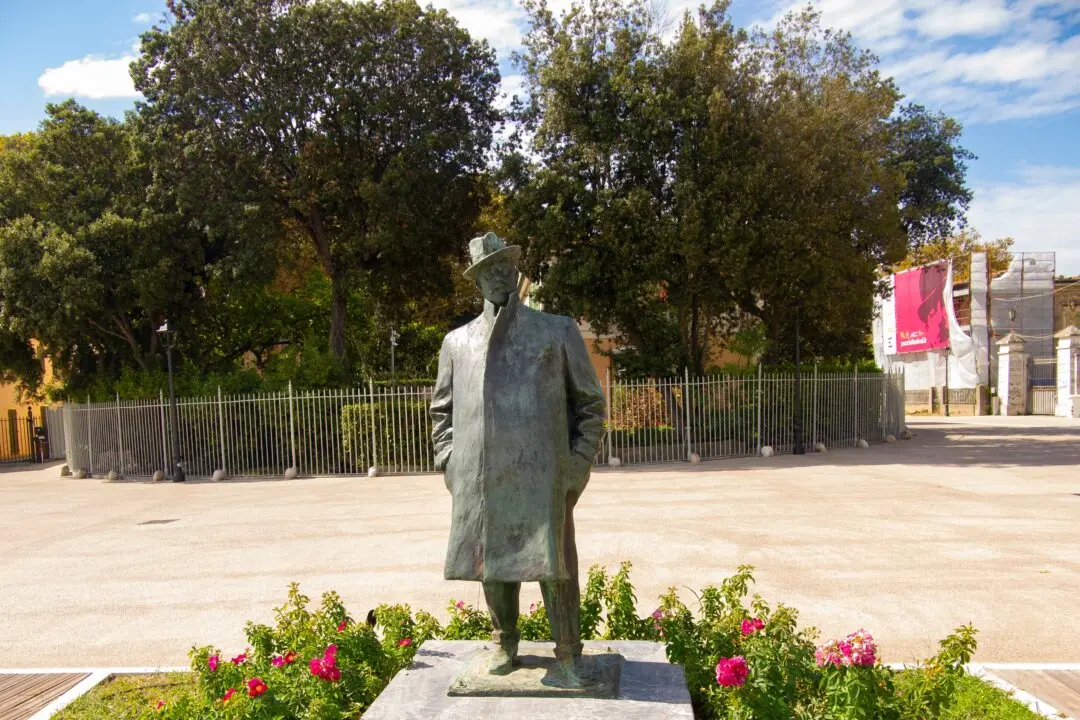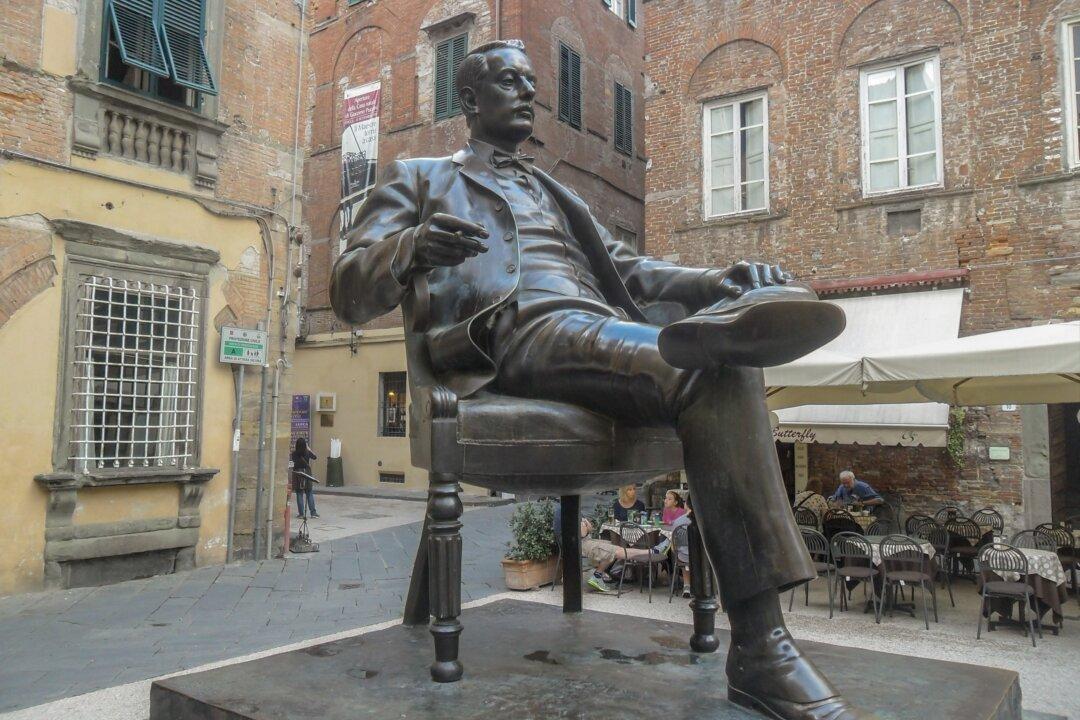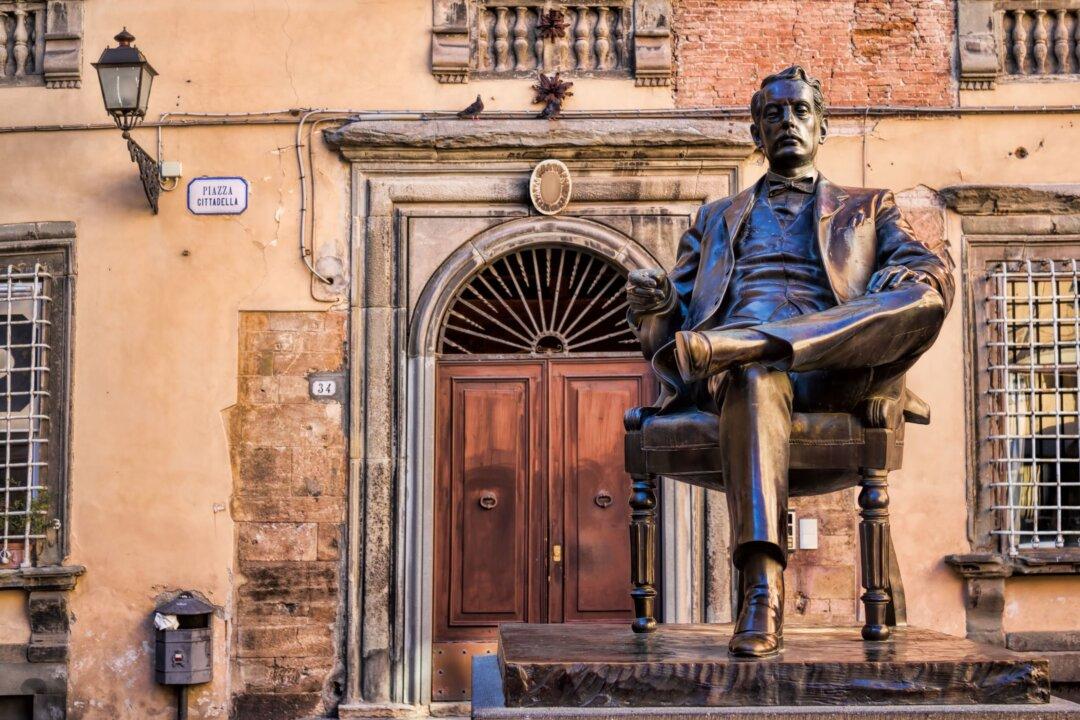Commentary
“The Girl Next Door” is a cheerful musical with a lot of unique features. It’s got the usual songs, dances, and romances one would expect from a 1950s musical, but many of its numbers really stand out as being memorable. In fact, you’ll want to watch the movie again and again just to see a favorite number.





